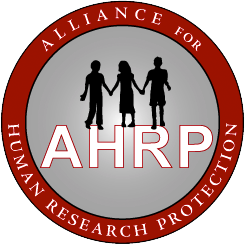Torture was applied within an illegal and immoral experimental framework
According to the Senate Armed Services Committee Report (2009), several witnesses expressed concerns about using the term “Battle Lab” to describe Guantanamo prison (GTMO). The Commander of the Criminal Investigative Task Force (CITF), Col. Britt Mallow testified: “While [“Battle Lab”] was logical in terms of learning lessons, I personally objected…
